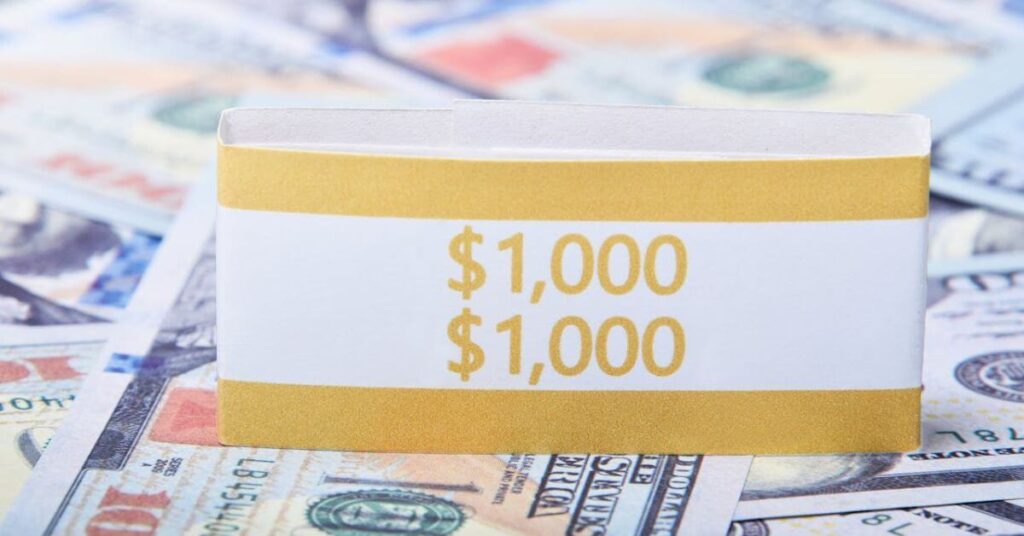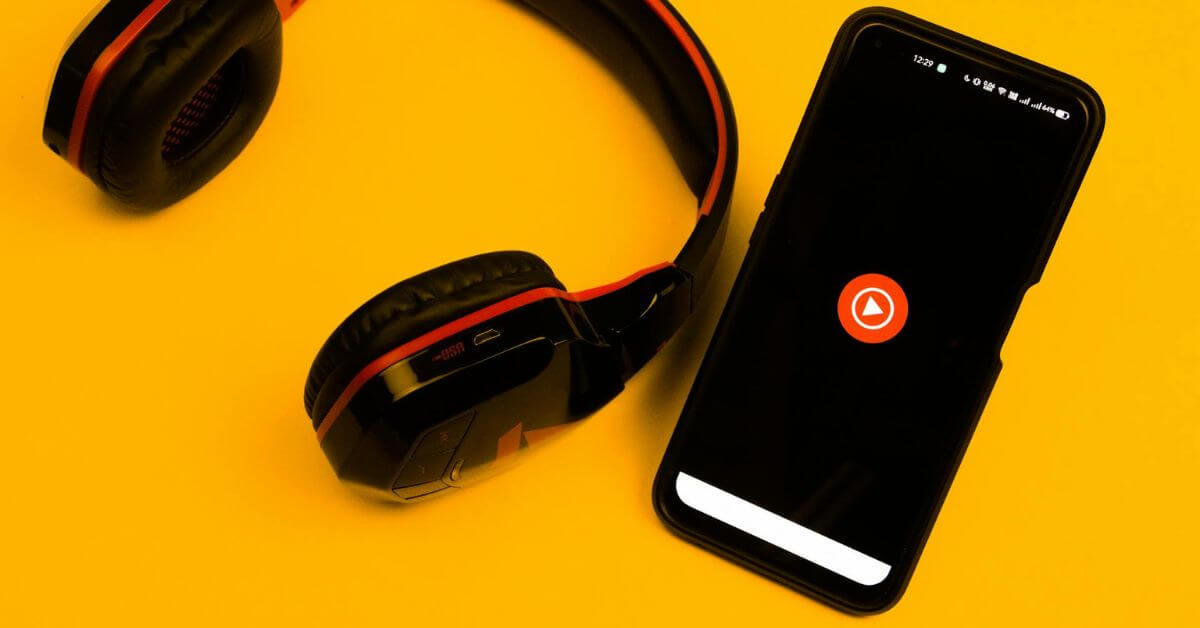In today’s music landscape, streaming services are indispensable. They’ve saved the music industry, particularly record labels, from collapse. With the rise of illegal file-sharing platforms like Napster and Pirate Bay in the early 2000s, people stopped paying for music and were mostly downloading it illegally. Streaming services like Spotify changed that significantly, getting consumers to pay for music again. However, small artists still see very little benefit, as the per-stream payment models only become profitable when an artist generates a massive amount of streams. Below, I’ll show you how many streams are needed on different platforms to earn €1000. But first, let’s explore the questions: how much do artists earn per stream today 2024? And which streaming platform pays artists the most per stream?
How streaming services like Spotify pay artists
Spotify and other streaming services pay artists two types of royalties.
First, they pay royalties for the recording (master rights). This is the money Spotify pays to the owner of the master recording when your track is played. The rights holders are usually the label or the distributor that releases and distributes the song to the streaming platform.
Secondly, Spotify also pays royalties for the composition (copyrights). These are the royalties owed to the songwriters and composers. Typically, these royalties are paid to publishers or performance rights organisations. If you are a music producer releasing electronic music, you are often both the artist, songwriter, and composer. This means you are entitled to 100% of the royalties. To ensure you receive the royalties for the copyrights as well, you simply need to be registered as the composer with a performance rights organisation (in Germany, this would be GEMA). If you want to learn more about royalties in general, have a look at my recent blog post about royalties.
How streaming royalties are calculated
The question of how streaming services distribute royalties is not easy to answer. On the one hand, the information is not readily accessible, and on the other, very complex algorithms run in the background, taking various factors into account to finally arrive at a result for each song, per stream. Spotify and many other streaming platforms use a ‘pro-rata’ or platform-centric distribution system.
Spotify roughly explains that it calculates royalties as follows:
Spotify calculates royalties based on the net revenue generated from both Premium subscription fees and ad revenues, which is then distributed to rights holders. To determine the net revenue, Spotify subtracts certain costs from the gross revenue, such as taxes, credit card processing fees, and billing expenses, as well as sales commissions. Once these deductions are made, the remaining amount is considered the net revenue that will be shared with rights holders.
The share of this revenue that a particular rights holder receives is based on their stream share. Spotify calculates the stream share by looking at the total number of streams in a given month and determining what percentage of those streams were for music owned by that rights holder.
So the factors that are important for calculating royalties are:
- Spotify’s overall revenue generated from streaming
- The revenue in the specific country/market
- The total stream count across the platform
- The number of streams your music received on the platform
This means that there isn’t a fixed amount Spotify pays to each artist. Instead, it can vary significantly depending on factors like the total number of streams generated and the country where the artist is based.
1000 streams payment threshold
Since April 2024, Spotify has introduced a threshold for stream payments.
Since then, tracks must have reached a minimum of 1,000 streams in the previous 12 months to be included in the recorded music royalty pool calculation.
Spotify states that there are over 10 million tracks on their platform generating an average of just $0.03 per month. The effort involved in paying out these small amounts, they argue, outweighs the benefit. Therefore, Spotify has decided to redistribute the resulting $40 million to all other tracks that meet the annual threshold. 1
In my opinion, while this might seem logical in theory, it’s quite unfair in practice for small artists from niche genres who don’t generate 1,000 streams per year, as their earnings are simply redistributed to other songs. It might help eliminate low-quality content, but at the same time, it also penalises smaller artists.
Streaming service payout per stream comparison
As I mentioned earlier, it’s not straightforward to directly compare the numbers since so many factors come into play. Nevertheless, I took a closer look at the data from the distributors (dig dis! & Recordjet) for the artists on my label and calculated how much royalties each store pays per stream. As I said, these figures may vary slightly for everyone, but I think they still provide an interesting insight into which store pays the most royalties to artists. Keep in mind, though, that I’m based in Germany, so the figures could differ in other countries.
What I found particularly interesting was discovering that BeatportLINK, in my comparison, is the store that pays the most per stream, at half a cent per stream. I was also surprised to see SoundCloud coming in right behind it. To be honest, these were the stores I least expected to see at the top. But when you look at the numbers, it’s insane to see that Spotify pays nearly 9 times less per stream compared to SoundCloud, for instance.
| Streaming platform | Payout per stream in € |
| Beatport LINK | 0,0496 |
| SoundCloud | 0,0270 |
| TikTok | 0,0093 |
| Deezer | 0,0070 |
| Tidal | 0,0065 |
| Apple | 0,0064 |
| Amazon Music | 0,0060 |
| Spotify | 0,0030 |
| Facebook (Meta) | 0,0020 |
| YouTube Music | 0,0009 |

How many streams does it take to earn 1000€
To put the figures I found into perspective, I’ve created a list showing how many streams you’d need on each platform to generate €1,000. The numbers make it clear that you’d have to be a highly streamed artist to reach €1,000. For small indie artists, these figures might feel a bit discouraging:
| Streaming platform | Amount of streams to make 1000€ |
| Beatport LINK | 20145 |
| SoundCloud | 36956 |
| TikTok | 107236 |
| Deezer | 142564 |
| Tidal | 153691 |
| Apple | 155826 |
| Amazon Music | 164206 |
| Spotify | 326736 |
| Facebook (Meta) | 481789 |
| Youtube Music | 1079166 |
How to make money with streaming as an artist
Even though the numbers may seem overwhelming and feel distant for a new artist or someone from a small niche genre, it’s still important to strive to get as much out of it as possible. So here are some tips to get the most out of your music.
Register with a PRO or collecting society
If you are the sole creator of your music, you are entitled to 100% of the streaming royalties. In addition to the funds you receive from your label or distributor, you will also earn licensing fees for the copyrights from the respective performing rights organisations (PROs). The streaming services remit this portion directly to the PROs or publishers that manage the rights, and you need to register as a creator to claim your share. The portion that streaming services pay to PROs is again lower (approximately 10-15% of the master rights), but it can still be worthwhile! If you want to learn more about PROs and how they function, have a look at this article.
The power of playlists
If streaming services are the new record stores, then playlists are the boxes filled with the hottest new records. Nowadays, there are playlists for every possible genre and mood, giving even smaller artists a chance to land a spot in a popular playlist. Therefore, it’s essential to fully utilise the platforms’ playlist pitching opportunities and choose a distributor that may have strong connections with the digital service providers (DSPs), which can increase the likelihood of playlist placement. While you can’t force it in the end, exploring every available option certainly won’t hurt!
Taking other options into consideration
While streaming services offer a good opportunity to earn money from your music, we’ve seen that for some smaller artists, generating hundreds of thousands of streams to make a decent income on these platforms can be extremely challenging. Therefore, it’s essential to remember that there are other excellent ways to monetise your music, such as Bandcamp. Bandcamp is particularly great for small artists from underground genres, allowing you to offer your music at a price you set yourself. You can not only sell finished tracks there but also sample packs or beats. This brings me to the next point: carefully considering what you can sell from your art. You may not achieve hundreds of thousands of streams with your tracks, but there might be enough interest in your sample packs or beat bundles to generate income.







